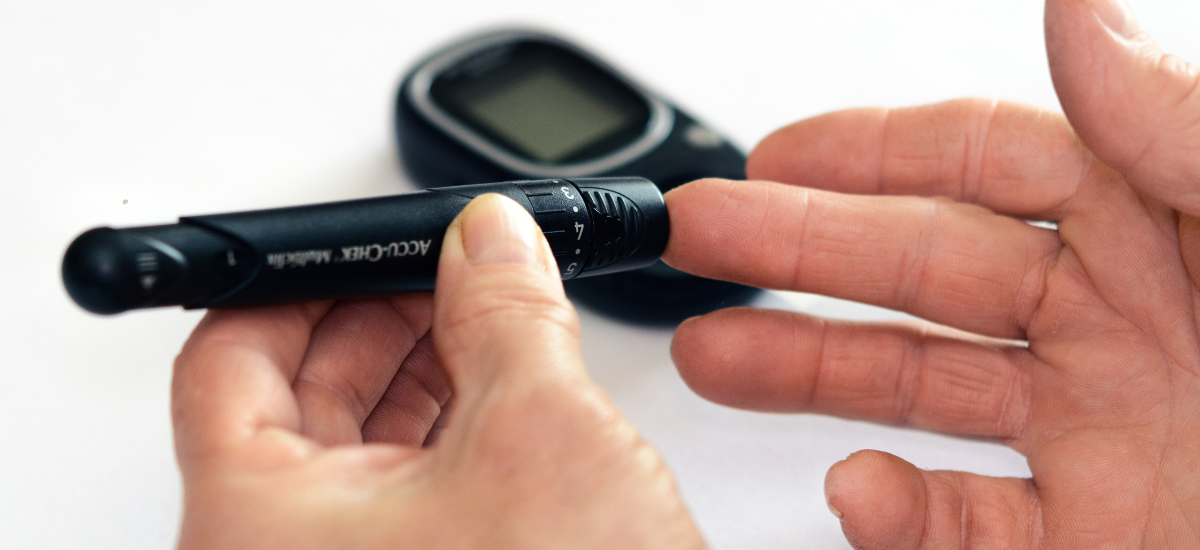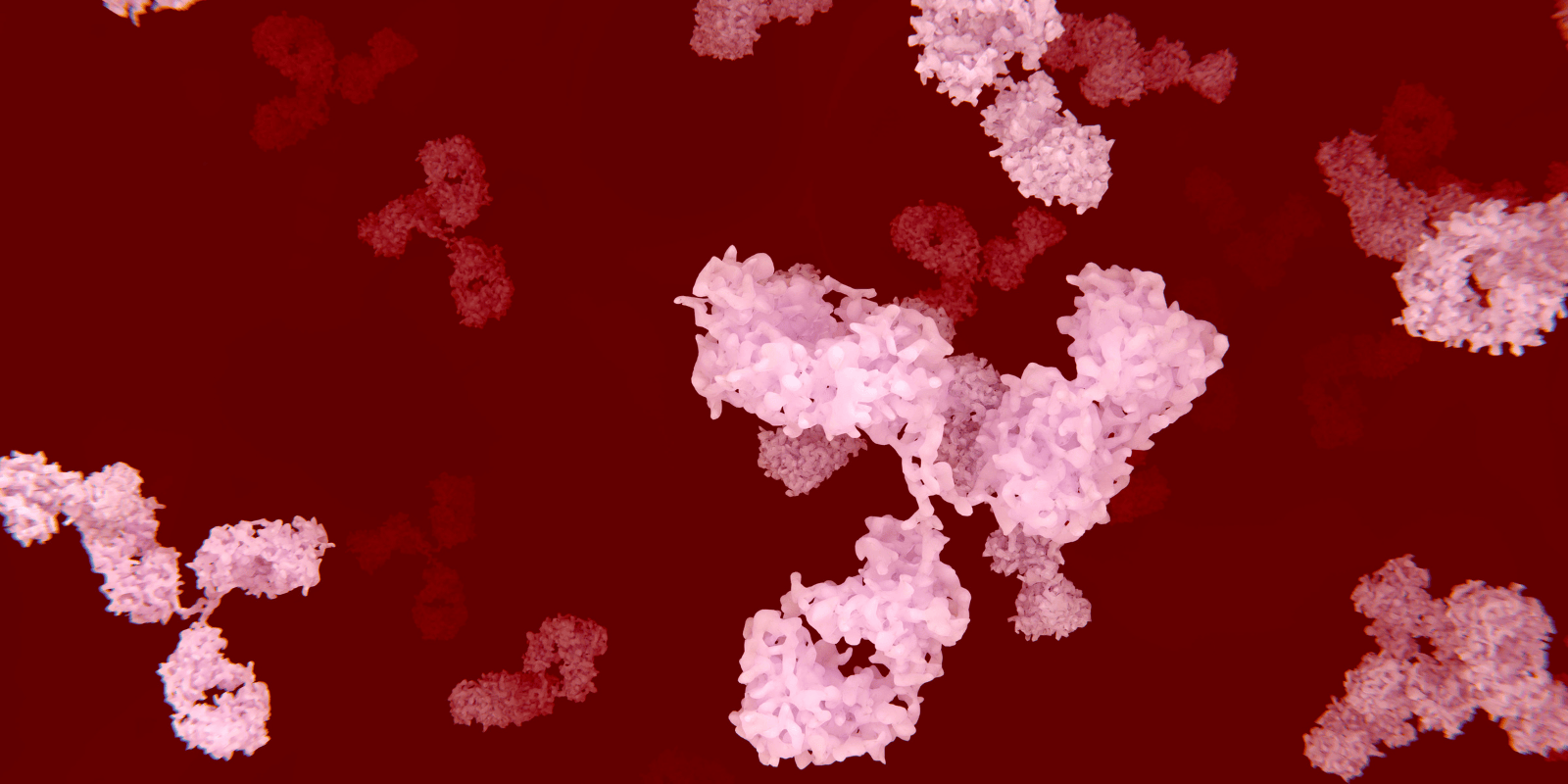Mark Kaplan ended his term as Editor-in-Chief of ImmunoHorizons (IH) on January 1, 2025. On his way out, we asked him about his time in that role and where he sees the open-access journal heading. As always, Kaplan did not disappoint with his answers.
In what ways do you think ImmunoHorizons has contributed to advancing the science and understanding of immunology?
ImmunoHorizons has a niche in the immunology field. We all, as researchers, have projects that perhaps didn’t work out as planned. Maybe a mouse that didn’t have the phenotype you expected or a set of experiments where there weren’t any significant differences. While you might initially be disappointed, ImmunoHorizons offers a venue for that work. And it’s a great outcome because the authors get a publication sponsored by a highly reputable society, and the results are out there to perhaps prevent others from taking the same path.
IH also initiated an Immunology Education section, and this is an area that I hope will continue to grow. Now more than ever, science education and specifically immunology education, at all levels, is critical to a better informed electorate.
Are there any particular papers or editorials that you are particularly proud of during your tenure?
This is like asking “which is your favorite child?” There are a lot of great papers in ImmunoHorizons and I’m proud that some have gotten highlighted in sessions at the AAI annual meeting. Of my work, of course I’m proud of all the editorials. We had a research paper published last year that resulted from studies that had been passed among several trainees and scientists in the lab over the past 10 years as a side project. I finally got someone to stick with it long enough to finish a paper showing the basis for cytokine heterogeneity in a population of Th cells.
What’s the most surprising or unusual submission you’ve ever encountered?
This would have to be the report by Kedl and colleagues that hinted of transferable humoral immunity by aerosol between adults and children. It was such a neat concept that it inspired an editorial.
What will you miss the most about being Editor-in-Chief of ImmunoHorizons?
All the folks coming up to me at the AAI meeting and asking for selfies while wearing green sunglasses.
If you had to choose, which superhero do you think would make the best peer reviewer?
Wow, you came to the right editor-in-chief for this question. So you might initially think that it would be Bruce Banner, Reed Richards, Ray Palmer or Ryan Choi because they were all great scientists. Or maybe Stephen Strange or Charles NcNidar because they were doctors. But the best, I think would be Barry Allen. He has a science background and he would finish the reviews super-fast and would bring down our time-to-decision! (If you can name all the heroes, let me know).
If you could sum up your time as Editor-in-Chief in one word, what would it be?
‘Strategery.’
What advice would you offer to the next Editor-in-Chief as they take on this position?
I’ve already given the incoming EIC Dr. [Bonnie] Dittel lots of advice. One thing is, don’t start your term right at the beginning of an unprecedented global pandemic. Second is, make sure you always have a spare pair of green sunglasses. They apparently make you very popular. Finally, it is important to remember that IH is a great product. We have a great niche. It’s sponsored by a great association. The main challenge is get authors to think of sending to IH and reminding every immunologist that they can be the “I” in IH.




